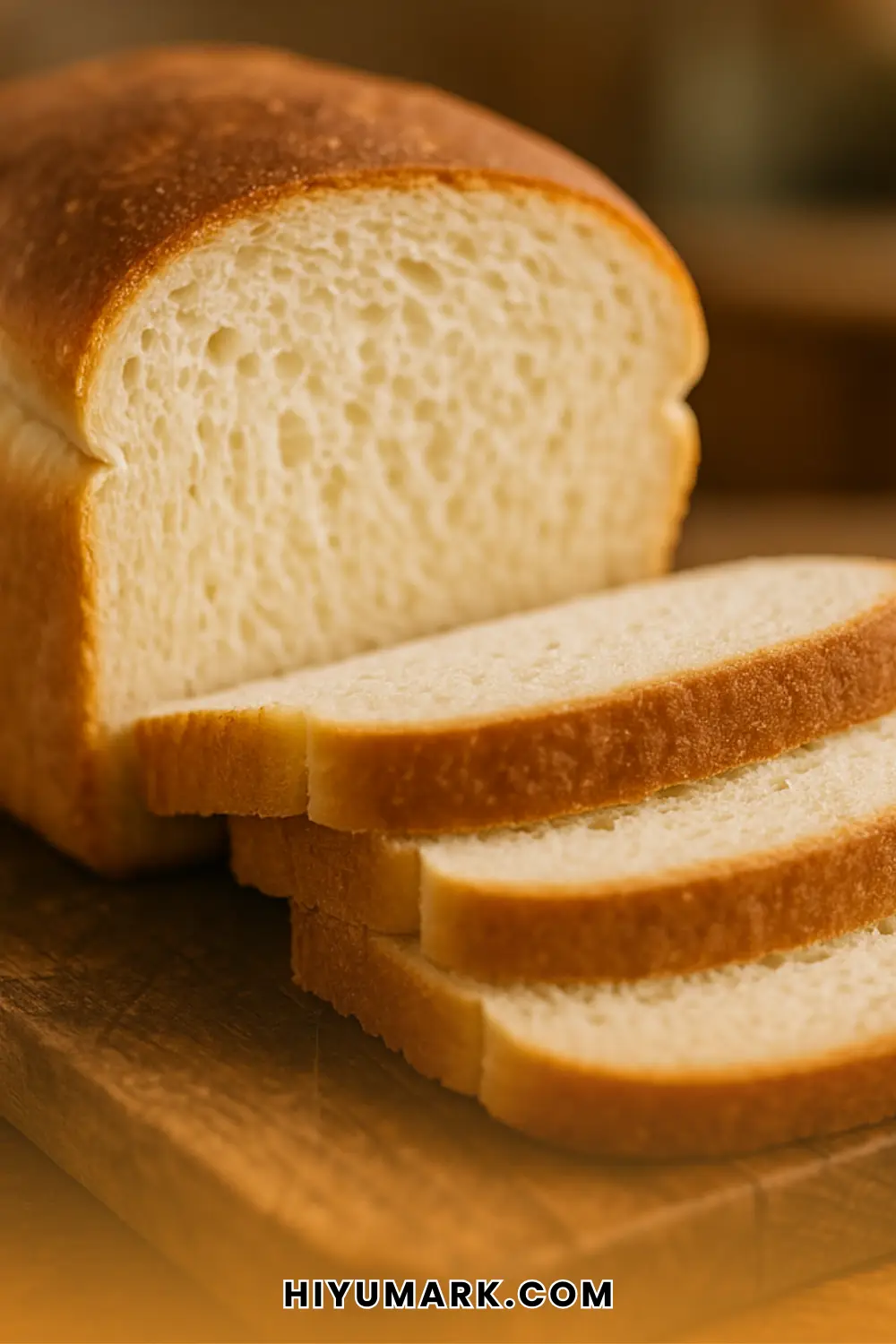Looking for the perfect homemade white bread? This Amish White Bread recipe delivers soft, fluffy slices with a subtle hint of sweetness.
Rooted in Amish tradition, it uses simple pantry staples and no complicated techniques-making it perfect for beginner bakers.

Whether you’re making sandwiches, toast, or enjoying it warm with butter, this bread never disappoints.
Love this soft Amish white bread? Don’t miss our full guide on Traditional Amish Breads for more classic, homemade loaves!
Why You’ll Love This Amish White Bread?
- Beginner-Friendly: No complex techniques-just straightforward steps.
- Soft & Fluffy Texture: Ideal for sandwiches, toast, or enjoying with butter.
- Pantry Staples: Utilizes common ingredients you likely have on hand.
- Freezer-Friendly: Bake now, enjoy later.
- Versatile: Easily adaptable with variations like honey or whole wheat.
Ingredients You’ll Need
- 2 cups warm water (110°F/45°C)
- ⅔ cup white sugar
- 1½ tablespoons active dry yeast
- ¼ cup vegetable oil
- 1½ teaspoons salt
- 6 cups bread flour
Note: For a richer flavor, you can substitute honey for sugar or use melted butter instead of oil.
Step-by-Step Instructions
Making Amish White Bread is easy and rewarding. Follow these 8 simples’ steps-from activating the yeast to cooling the loaves-for soft, fluffy bread every time.
No special skills needed, just basic ingredients and a little patience for perfect homemade results.
1. Activate the Yeast
In a large bowl, dissolve the sugar in warm water. Sprinkle the yeast over the top and let it sit for about 5-10 minutes until it becomes frothy.
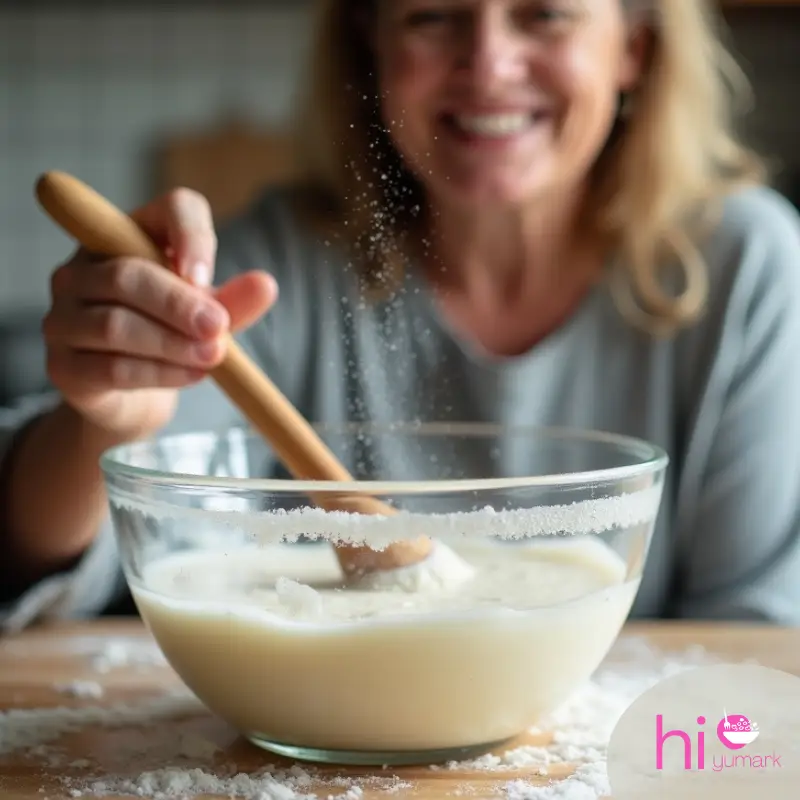
2. Mix the Dough
Add the oil and salt to the yeast mixture. Gradually stir in the flour, one cup at a time, until a soft dough forms.
3. Knead the Dough
Turn the dough onto a floured surface and knead for about 8-10 minutes until smooth and elastic. Alternatively, use a stand mixer with a dough hook for about 5–6 minutes.
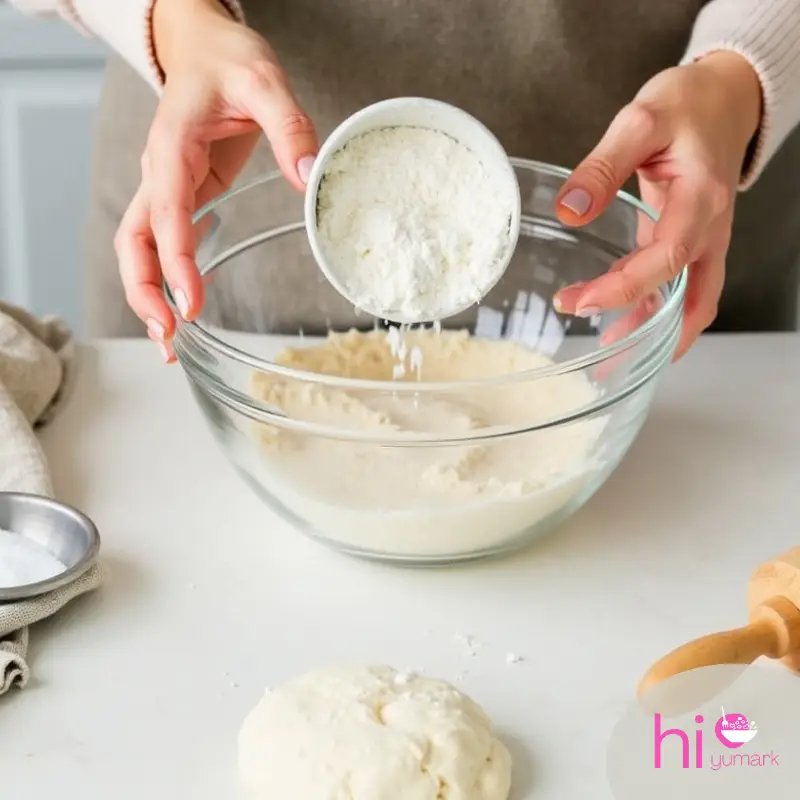
4. First Rise
Place the dough in a greased bowl, turning once to coat. Cover with a clean towel and let it rise in a warm place until doubled in size, approximately 1 hour.

5. Shape the Loaves
Punch down the dough and divide it into two equal parts. Shape each into a loaf and place them into two greased 9×5-inch loaf pans.
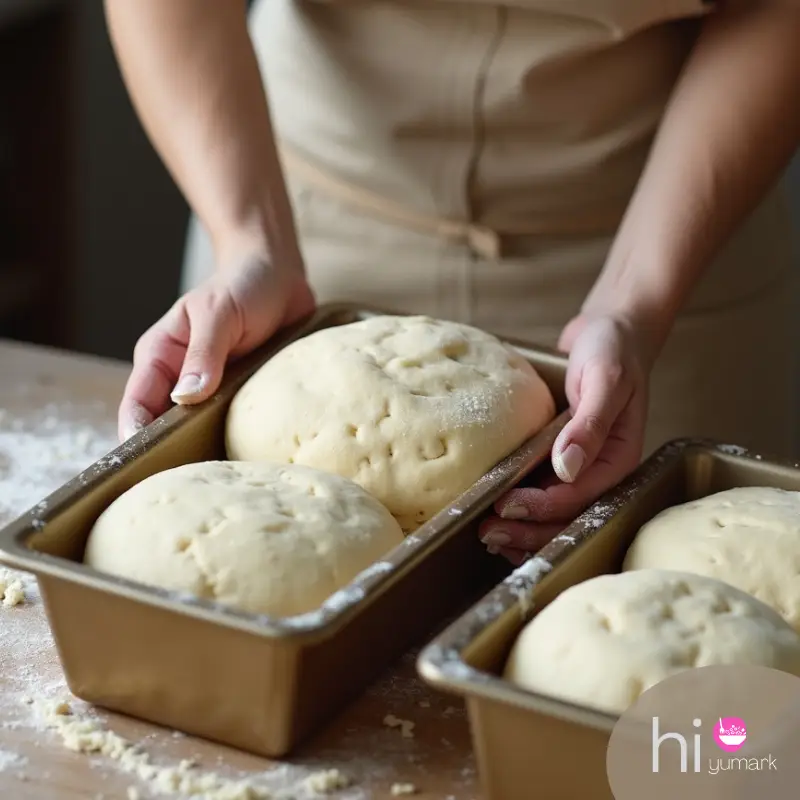
6. Second Rise
Cover the pans and let the dough rise again until it has risen about 1 inch above the pans, approximately 30–60 minutes.
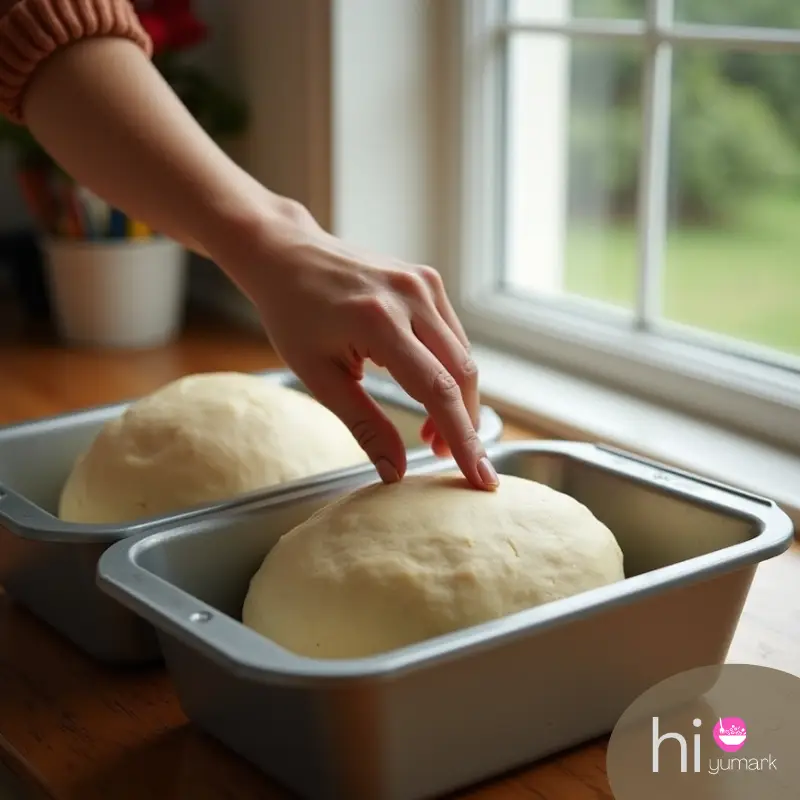
7. Bake
Preheat your oven to 350°F (175°C). Bake the loaves for 25–30 minutes or until the tops are golden brown and the bread sounds hollow when tapped.

8. Cool
Remove the bread from the pans and let them cool on wire racks. For a softer crust, brush the tops with melted butter while still warm.

Tips for Success
- Flour Measurement: Spoon flour into your measuring cup and level off to avoid adding too much.
- Yeast Activation: Ensure your water is warm, not hot, to activate the yeast without killing it.
- Rising Environment: A slightly warm oven (turned off) can provide an ideal environment for dough to rise.
- Doneness Check: The bread is done when it sounds hollow when tapped on the bottom.
- Cooling: Allow bread to cool completely before slicing to maintain its structure.
Variations You Can Try
- Honey Amish Bread: Replace sugar with honey for a different sweetness profile.
- Whole Wheat Version: Substitute half of the bread flour with whole wheat flour for added nutrition.
- Herb-Infused Loaves: Add dried herbs like rosemary or thyme for a savory twist.
- Dinner Rolls: Shape the dough into rolls instead of loaves for individual servings.
Storage and Freezing Instructions
- Room Temperature: Store in an airtight container for up to 4 days.
- Freezing: Wrap cooled loaves tightly in plastic wrap and foil; freeze for up to 3 months.
- Thawing: Let frozen bread thaw at room temperature.
- Reheating: Warm slices in a toaster or oven as desired.
Serving Suggestions
- Sandwiches: Ideal for both cold and grilled sandwiches.
- Toast: Delicious with butter, jam, or honey.
- French Toast: Makes excellent French toast due to its soft texture.
- Side Dish: Serve alongside soups, stews, or salads.
FAQs
Can I use instant yeast instead of active dry yeast? Yes, you can substitute instant yeast. Use the same amount and skip the activation step; mix it directly with the dry ingredients.
Why didn’t my bread rise properly? Possible reasons include expired yeast, water that’s too hot or cold, or a drafty rising environment. Ensure your yeast is fresh and water is at the correct temperature.
Can I make this bread dairy-free? Absolutely. This recipe doesn’t contain dairy unless you choose to brush the tops with butter.
How can I make the crust softer? Brushing the tops with melted butter after baking and covering the loaves with a towel while cooling can help soften the crust.
Final Thoughts
This Amish White Bread recipe is a testament to the beauty of simple, homemade baking. Whether you’re a novice or an experienced baker, this bread offers a delightful experience from kneading to the first warm slice.
Give it a try, and you might just find it becomes a staple in your kitchen.
Happy baking!
Soft & Fluffy Amish White Bread – Beginner-Friendly
Course: BreadCuisine: AmericanDifficulty: Easy4
servings20
minutes30
minutes300
kcal50
minutesSoft, fluffy Amish-style white bread made with simple pantry staples - no fuss, always perfect, and ideal for beginners.
Ingredients
2 cups warm water (110°F/45°C)
⅔ cup white sugar (or substitute honey for gentler sweetness)
1½ tbsp active dry yeast
¼ cup vegetable oil (or melted butter for richer flavor)
1½ tsp salt
6 cups bread flour
Directions
- In a bowl, dissolve sugar in warm water and sprinkle yeast on top. Let sit 5–10 minutes until frothy.
- Stir in oil and salt. Add flour gradually until soft dough forms.
- Knead on a floured surface for 8–10 minutes (or 5–6 minutes in mixer) until elastic.
- Place dough in greased bowl, turn once, cover, and let rise in a warm spot until doubled (about 1 hour).
- Punch down dough, split into two loaves, shape, and place in greased 9×5-inch pans.
- Let rise again until 1 inch above pans (30–60 minutes).
- Preheat oven to 350°F (175°C); bake 25–30 minutes until tops are golden and the bottom sounds hollow when tapped.
- Cool on wire racks. Brush tops with melted butter for a softer crust.
Recipe Video
Don’t Skip These:
- Always ensure your water is warm - too hot kills yeast, too cold stalls it. Let the loaves cool completely before slicing; warm bread can collapse and gets gummy.
For Similar Recipes, See

